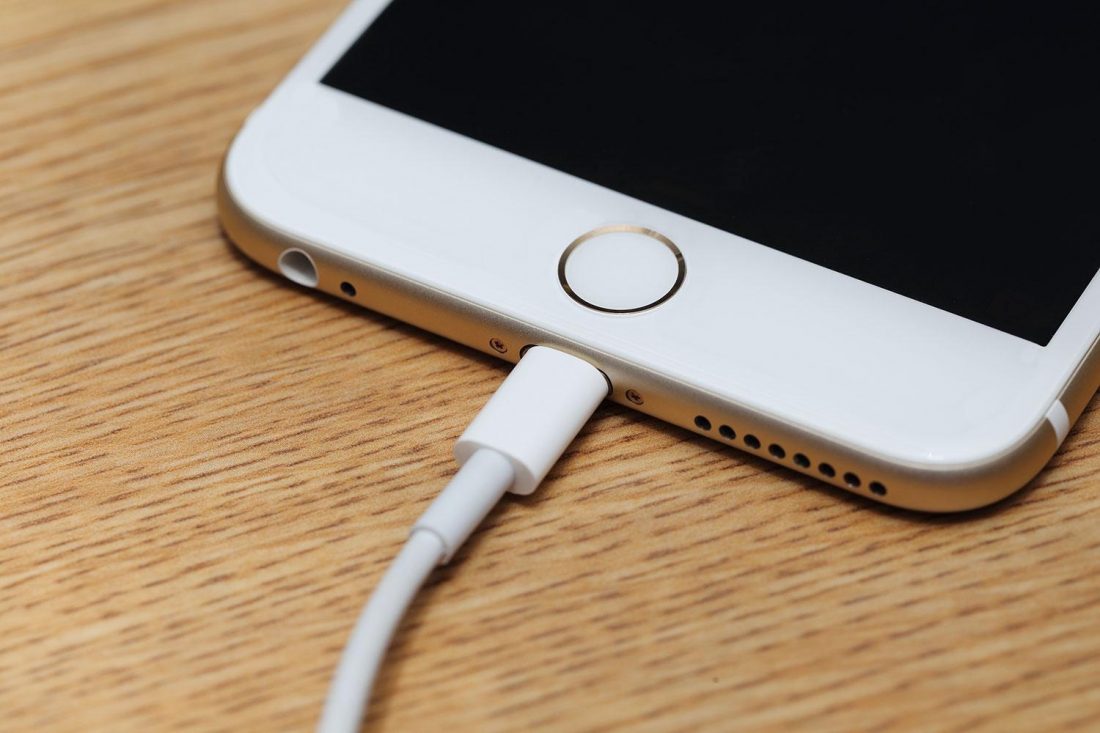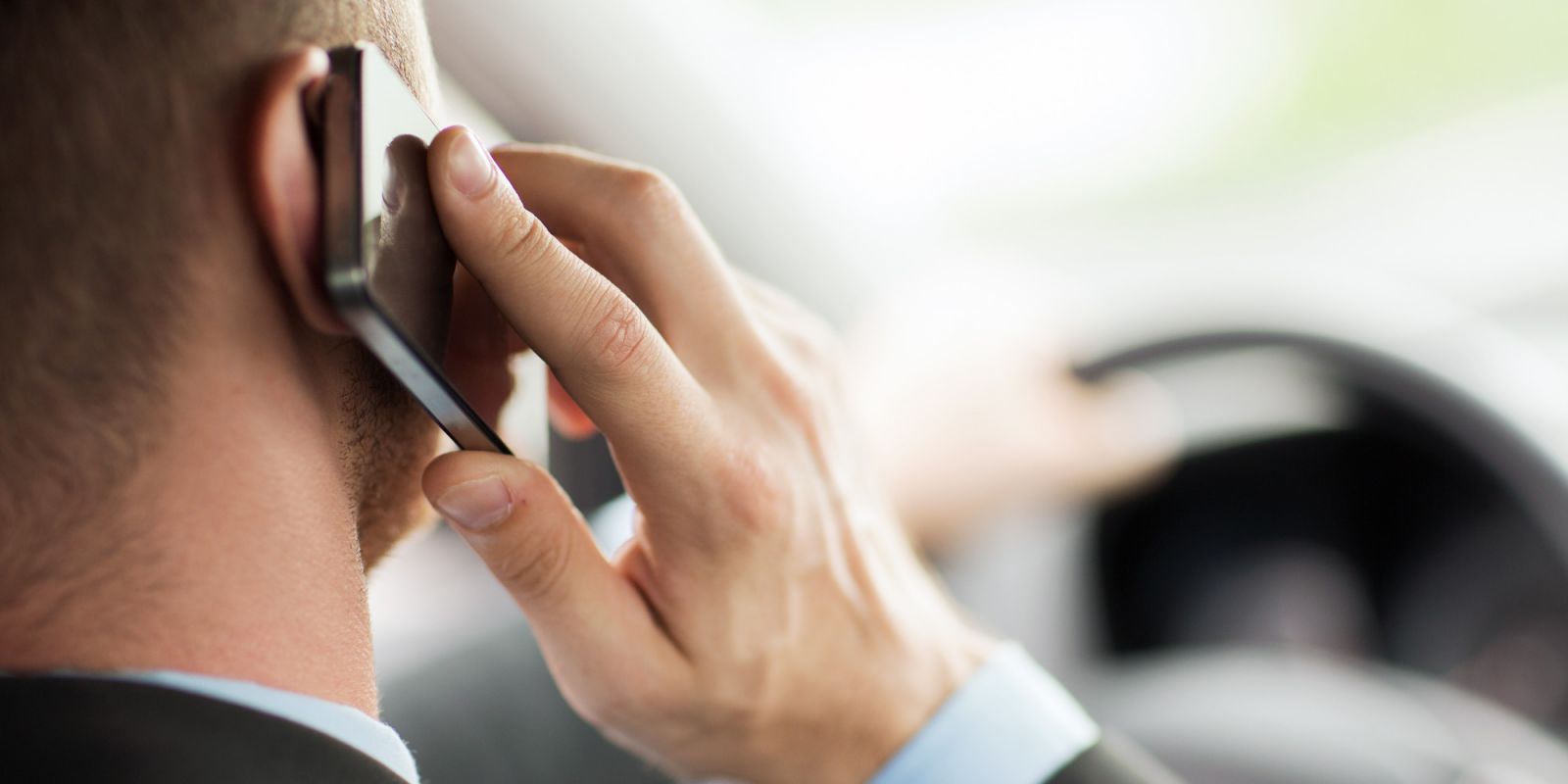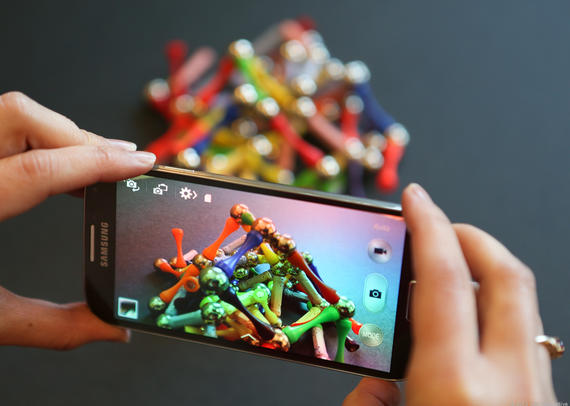It’s a little frightening when you start looking at how many electronic gadgets you own. Today, our most precious personal possession has got to be our phones. And the more expensive the phone, the more precious (in Gollum’s voice) it gets.
We all take that extra bit of care when it comes to our laptops and smartphones, or at least we try. But sometimes we tend to do things that have been subject to so many paranoid and not-so paranoid theories. We have decided to take a look at some of them and bust those that have worried you for a long time.
1. Charging Your Phone Overnight Can Damage Battery Life

Not everyone remembers to remove the phone from the charger just before bed time. And in the morning you tend to freak out because you feel you’ve damaged the battery. There is a long running myth that charging your phone overnight can reduce the battery life of the phone or even cause your battery to explode. But is this really true?
This may have been the case for older nickel-cadmium and nickel-metal hydride rechargeable cells that came before the introduction of the li-ion batteries. Now, every phone is fitted with a li-ion battery and rest assured these batteries will not explode. The phones are smarter today. It automatically cuts off the charger once your phone has reached full charge. Apple has stated that “You can recharge a lithium-ion polymer battery whenever convenient, without requiring a full charge or discharge cycle.”
2. Using Third-Party Chargers Will Cause Your Phone to Burst Into Flames

We tend to buy cheaper chargers sometimes because original, company made chargers are a little pricey. And as long as it charges the phone, we assure ourselves that it’s all right. But knockoffs are the reason you hear about gadgets catching fire or bursting. Third-party chargers are alright as long as they aren’t ridiculously cheap. A charger from Belkin, for example, is okay to buy, but it may not charge your device as fast as an original charger.
Knockoffs don’t usually have a brand name, and if they do, they’re pretty much an unknown brand. These are the chargers you want to avoid at all cost. It’s easy to tell the knockoffs from the trustables. You just need to keep your eyes open. Though, we would suggest always going for an original. It might be a little expensive but it’s worth it if you don’t want your phone going all ‘flame on’ on you.
3. Going Incognito is Cool

Not. We all know that every web browser has an incognito mode or private browser. Private browsers do not save your search history and it won’t record where you go and what you do. Usually people use it if they don’t want unnecessary ads popping up since nowadays ads on Facebook, for example, are tailored to what you search on the internet; or it’s used to browse sites that are…questionable.
But what you might not be aware of is that your browser isn’t completely private. Your internet service provider will still know about the sites you visit. Even the law enforcement will know about it, if they’re looking into it. So the next time you visit a site that you’re not really supposed to, remember who’s watching. Just saying.
4. Password Protected WiFi Networks Are Safe From Hackers

Well, it depends on the network really. There’s a home network and a network that is used when you’re not at home. Your home network is usually very safe if it’s password protected (as long as the password is not PASSWORD) and employs WPA or WPA/2 encryption.
Outside networks, though, are a little different, and a little more open to hacking. It’s incredibly easy for hackers to download just the right software to eavesdrop into your network. Once that is done, they can look into any data that is being transferred over the net. “Hackers can launch ‘evil twin’ networks that look like the real thing, grab your password and go to town compromising your security,” said Rich Sootkoos, Boingo’s VP.
So for office networks and other outdoor networks it’s always advisable to protect your info using VPN companies such as Express VPN or IP Vanish.
5. Prolonged Mobile Usage Can Cause Cancer
This and the next one are for the health crazies out there. Years ago some reports suggested that prolonged exposure to the phone over time can cause cancer because of the radio frequencies they emit. It was believed that the radiation from your cellphone could cause certain types of cancer.

While there are many scientific papers on this study, there have been no cases over the years to suggest the authenticity of this. Every electronic device gives off a certain amount of radiation right from your microwave to your refrigerator. While we agree that they can be harmful, you do not need to panic as much as the reports suggest.
So far there have been no documented case that suggest cancer caused by cellphone radiation. Cancer Research UK said that, “So far, the scientific evidence shows it is unlikely that mobile phones could increase the risk of brain tumours, or any other type of cancer. But we do not know enough to completely rule out a risk.”
6. Laptop On The Lap Can Cause Impotency

Apart from the cancer scare, impotency is the next big concern when it comes to using electronic devices. There were theories that keeping your laptop on your lap or a phone in your pocket may result in decreased male fertility. The worry was that laptops could increase scrotal temperature.
These researches were widely declared as “speculation”and that further studies were needed to prove this contention. There is no correlation between increased scrotal temperature and infertility as of now and there have been no such cases that suggest the same. However, a word of caution must be given for anyone who keeps the laptop on their laps for a long time as the heat from the device cannot be a good thing, according to gut feeling. So we’ll just go with ‘mostly false’ regarding this story.
7. More Megapixels Mean Better Camera
Not really. We have come to believe that a camera having a higher megapixel results in better quality images. That’s not the case at all. Megapixels have nothing to do with quality, and only helps if you plan on blowing up the photo. What’s important for quality is the camera lens and light sensor, its processor and its optics.

This is why an iPhone 6, for example, with only 8-megapixel camera can take on those that come with 12 or 16 megapixels. And remember the whopping 41-megapixel Nokia Pureview 808? If you zoomed in on a photo taken by that up to four times, you won’t find any loss in image quality. However, the Pureview 808 actually offers a default 5-megapixel resolution, and you could easily go for an 8 megapixel camera over that and still get the same quality images.

Leave a Reply